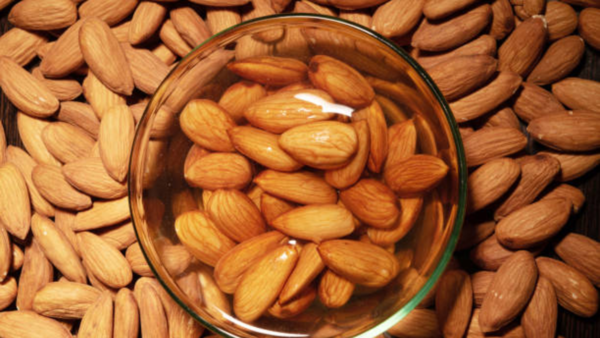These tiny powerhouses of nutrients are consumed raw and soaked. But have you ever wondered if consuming almonds with their skin on is a better way than removing its skin.
When it comes to enjoying almonds, whether to eat them with their skin or without is a question that often arises, and the answer depends on a variety of factors, including nutritional benefits, taste, and personal preferences. Almonds, with their thin, brown skins, pack more than just visual appeal; these skins are rich in fiber and antioxidants. The outer layer of the almond contains a significant amount of dietary fiber, which aids in digestion and helps maintain a healthy gut. Fiber can also help in managing blood sugar levels, making it beneficial for those with diabetes or those looking to control their weight. The skins are packed with antioxidants, which combat oxidative stress and inflammation in the body. These antioxidants, particularly polyphenols, have been linked to a reduced risk of chronic diseases, such as heart disease.

Almonds without their skins, commonly referred to as blanched almonds, offer their own set of advantages. Removing the skin makes almonds easier to digest for some people, which can be particularly beneficial for individuals with sensitive digestive systems or those prone to gastrointestinal issues. Blanched almonds have a smoother texture and a milder flavor compared to their skinned counterparts, which some people find more appealing. This can be especially relevant when using almonds in recipes where texture and taste play a significant role, such as in baked goods, smoothies, or creamy sauces.
The choice between skinned and unskinned almonds can also be influenced by how the almonds are prepared and consumed. For example, if you are using almonds in a dish where they are blended or processed, such as almond butter or almond flour, the presence of the skin may not matter as much, and the choice may come down to convenience or availability. On the other hand, if you are snacking on almonds or using them as a topping, the texture and appearance of the skin might make a more noticeable difference.

